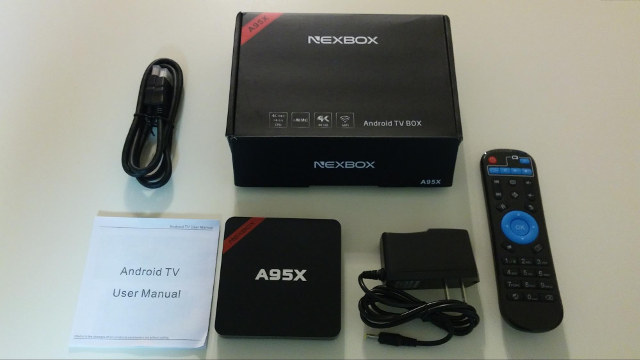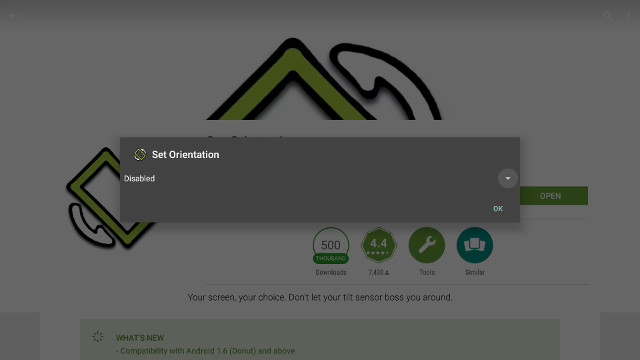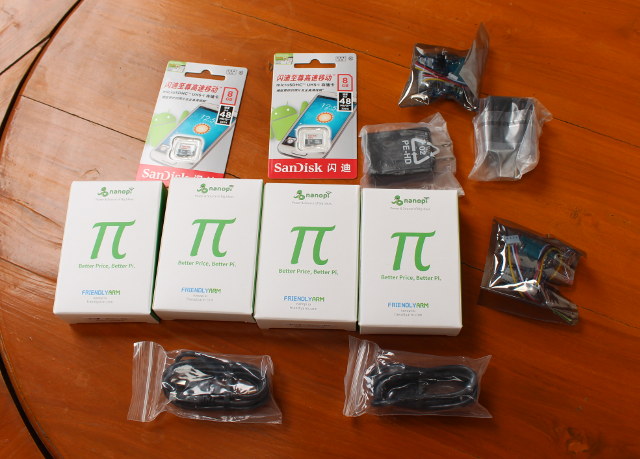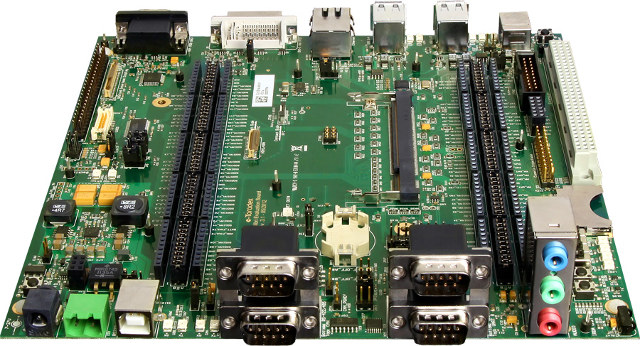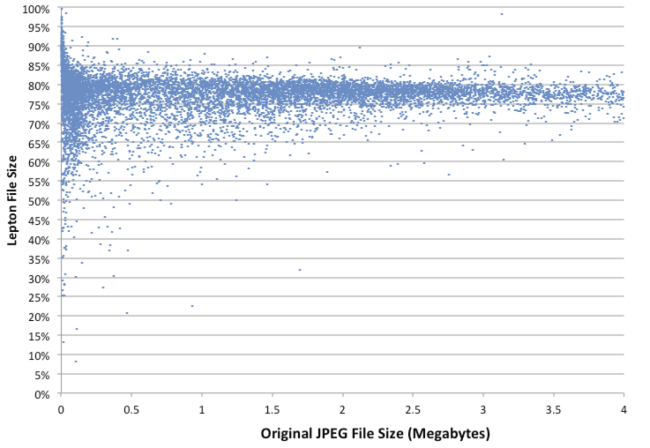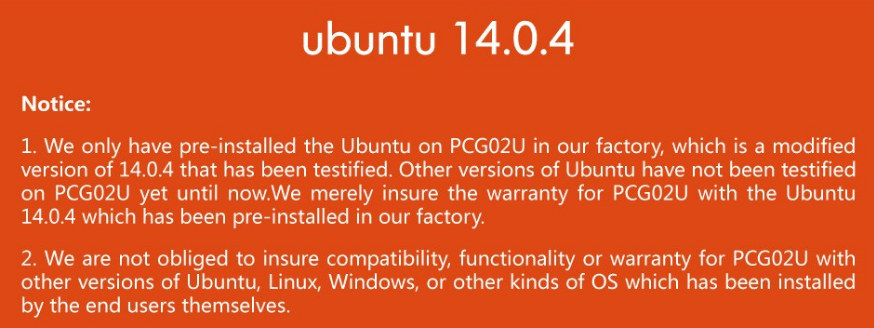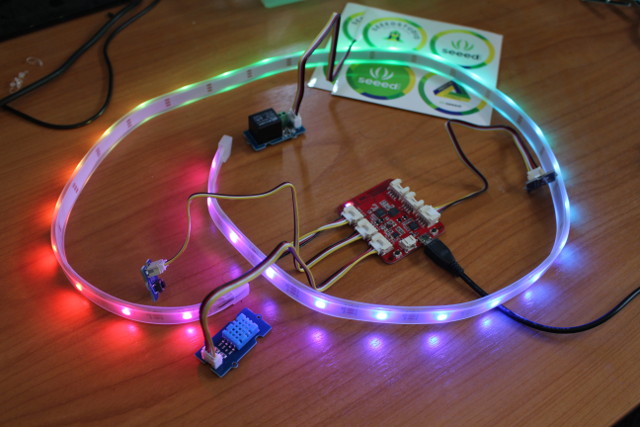CNXSoft: Bear in mind that there are multiple versions of Nexbox A95X. Yesterday, I published the review of Nexbox A95X with Android 6.0, with the model based on Amlogic S905X processor. In this article, Karl had a look at Nexbox A95X with Amlogic S905 processor, which he purchased a couple of months ago, but since he was not happy with the Android 5.1 firmware, he decided to customize it. Karl here with a review of the Nexbox A95X S905 box. This took a while to even start. I received the box about 2 months ago and I dived right in and broke it. I didn’t have factory firmware, and wasn’t cautious enough and bricked it. I found some firmware that worked but it didn’t work very well for me. Email’s to Nexbox directly didn’t help and I was stuck with a bricked box… I later found someone who had factory […]
Embedded Android (Marshmallow) and Brillo / Weave Internals Presentation Slides
Karim Yaghmour – founder of Opersys, a company specializing in Embedded Linux and Android training and development – is currently at Android Devcon 2016 were he gave a full day Embedded Android Workshop on August 1st, as well as a separate 1+ hour talk about Brillo/Weave internals on August 2, and more talks scheduled on the next two days about Android memory management, debugging and development, and Project Ara. He has just released the presentation slides on Slideshare, with the first “Embedded Android Workshop with Marshmallow” presentation totaling 175 pages, and dealing with Linux and Android concepts, overall architecture, system startup, the Linux kernel, hardware support, native user-space, Java for Android, JMI, AOSP, and more… The second presentation is much shorter with 29 slides, and deals specifically with Brillo / Weave internals including Embedded Linux, Android, Binder, DBUS, HAL, the source tree architecture, and so on. While you’d probably learn […]
How to Set an Android TV Box Video Output to Portrait Mode
Most buyers who buy an Android TV box just want to use it to watch videos, browse the web, play games, and so on, so landscape mode seems to be the best choice, and the orientation option in the firmware is often disabled. However, TV boxes can also potentially be used as digital signage players, which may require landscape or portrait modes if the screen is positioned vertically. Since I’ve just been asked that question, I’ve checked for a solution, and luckily there’s an app called Set Orientation that does the job. [Update August 2021: The app has been removed from the Google Play store, it might be worth trying Screen Rotation Control app instead] When you first start the app, it will show the option “Disabled”, but you can click on the arrow to reveal more options, and select Portrait to rotate the screen. In case the screen is […]
Getting Started with NanoPi NEO Development Board – Ubuntu Core Firmware
NanoPi NEO is an exciting ARM Linux board due to the power it packs into its small size, and its low price starting at $7.99. It’s made by FriendlyARM, and since I’ve read some people had never heard about the company before, I’d like to point out it has been providing development boards well before the Raspberry Pi board was launched, with products such mini2440 based on a Samsung ARM9 processor introduced around year 2010. Anyway, I asked the company if they were willing to send 2 samples for review, as I plan to remove the USB & Ethernet port on one of them. Instead I got a 4 boards and accessories, so I’m going to start reviewing the board by writing a quick start guide, showing how to setup it, and check out the Ubuntu core provided by the company. If you are a fan of armbian made Debian […]
Setting a VoIP SIP user agent with Embedded Linux
This is a guest post by Leonardo Graboski Veiga, working for Toradex. Introduction This article’s main goals are: to cross-compile the PJSIP libraries and the PJSUA API reference implementation; deploy it to the target system; give an overview about the SIP protocol; and explore the reference implementation features, regarding audio only. For this purpose, a Computer on Module (CoM) from Toradex was chosen in the following configuration: Colibri iMX6DL* + Colibri Evaluation Board. The evaluation board and CoM are displayed in Figures 1 and 2, respectively. VOIP or Voice over IP, is a term designed to refer to a set of methods and technologies targeted for the implementation of telephony services over the Internet. For the purpose of this article, the scope will be limited to the use of a reference implementation built upon the SIP communication handling protocol by means of the PJSIP libraries and PJSUA2 API. If […]
Lepton Image Compression Achieves 22% Lossless Compression of JPEG Images (on Average)
Dropbox stores billions of images on their servers, most of them JPEGs, so if they can reduce the size of pictures it can have a big impact on their storage requirements, so the company developed Lepton image compression, which – on average – achieved 22% lossless compression on the images stored in their cloud. Compression and decompression speed is also important, since the files are compressed when uploaded and uncompressed on the fly when downloaded so that the complete process is transparent to the end users, who only see JPEG photos, and the company claims 5MB/s compression, and 15MB/s compression, again on average. The good news is that the company released Lepton implementation on Github, so in theory it could also be used to increase the capacity of NAS which may contain lots of pictures. So I’ve given it a try in a terminal window in Ubuntu 14.04, but it […]
Updating Star Cloud PCG02U to Ubuntu 16.04 with WiFi and HDMI Audio Support
I completed my review of PCG02U Ubuntu TV stick a few days ago, and I was quite satisfied with the device, but since Ubuntu 16.04 was released last month, I thought it might be fun to upgrade to the latest version of Ubuntu. I’m go through the complete steps including building a new kernel for HDMI audio, and the drivers for WiFi, but you should be able to install Ubuntu 16.04 for Bay Trail and Cherry Trail processor with the image made by Linuxium and a USB stick. Star Cloud PCG02U OS Support and Warranty Before I go through the instructions, you may want to read the conditions on MeLE’s Aliexpress PCG02U page. They meant Ubuntu 14.04 instead of 14.0.4, but the important part is that if something goes wrong trying alternative OS, you may lose your warranty. Upgrade Ubuntu 14.04 to Ubuntu 16.04 Upgrading from one LTS version to […]
Getting Started with Wio Link Starter Kit, Visual Programming Android App, and IFTTT
Wio Link is a board based on ESP8266 WiSoC that is supposed to be easy to set up thanks to Grove modules – no breadboard and mesh or wires – and, as I first understood it, to program thanks to a drag-and-drop mobile app that does not require any actual programming. More advanced users can also use a RESTful API in Python, JavaScript, Node.js, PHP, Objective-C or Java. I’ve been sent a $49 Wio Link Starter Kit including the board, a USB cable, and six Grove modules to evaluate the kit. I’ll start by having a look a the kit, before experimenting with the Wio Link Android app. Wio Link Starter Kit Unboxing The kit is sent in a red plastic case. Wio Link board is lodged in the top cover, and other accessories are placed in bags in the main part of the case. Let’s check the board first. […]


